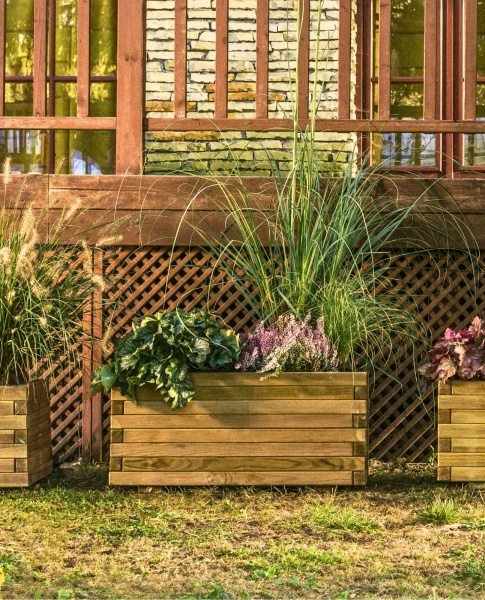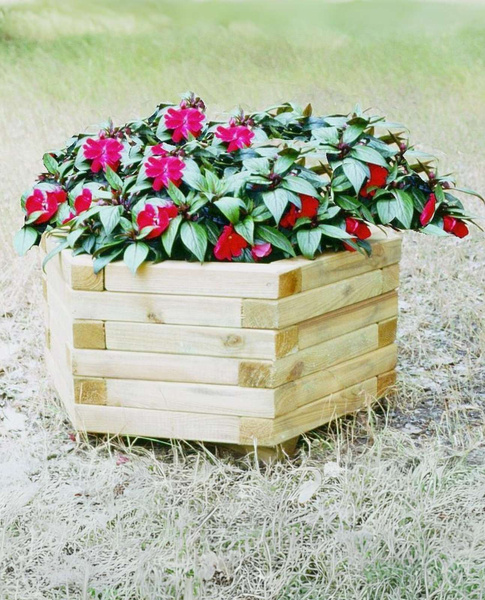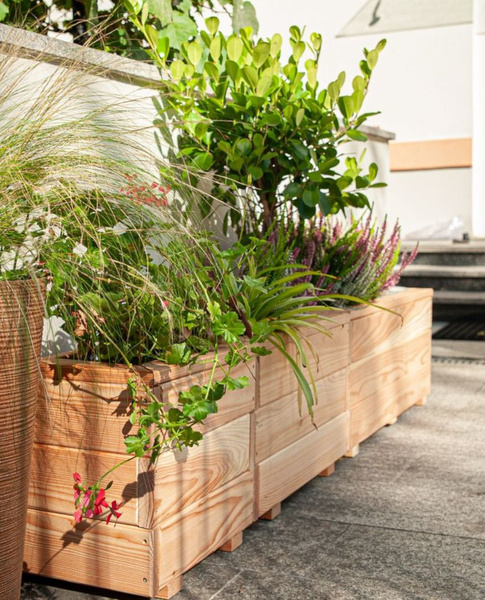How to Prepare a Planter Before Adding Soil – Step by Step
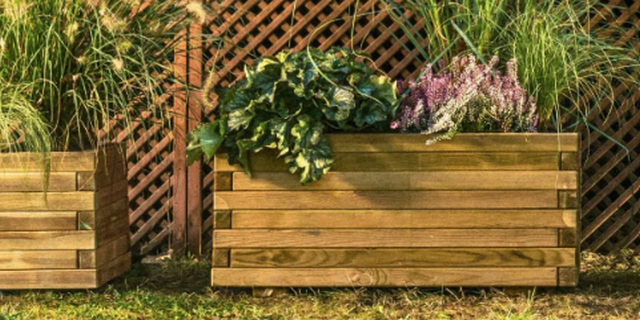
Before you pour in the soil and start planting, it's worth taking a few simple steps to properly prepare your planter.
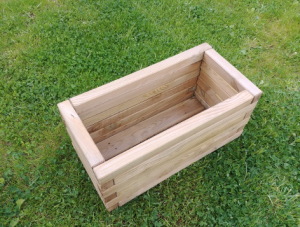
1. Line the Walls and Bottom with Insulation
Line the inside walls and bottom of your planter with 1–2 cm thick styrofoam or 0.5 cm polyethylene foam.
This will protect the roots from freezing in winter and overheating on hot summer days.
Don’t forget to create drainage holes in the base to allow excess water to escape.
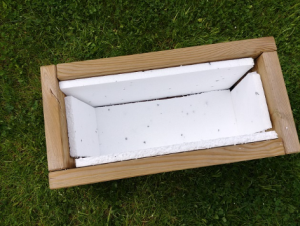
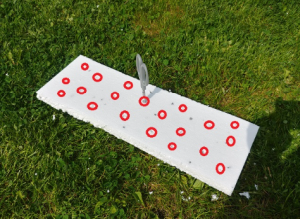
2. Cover the Insulation with Plastic Sheeting
Next, lay a sheet of thick garden or construction plastic (at least 0.15 mm thick) over the insulation, making sure it fits snugly.
Secure the foil only around the top edge using tacks or a staple gun.
Cut small holes in the bottom of the liner to ensure proper water drainage.
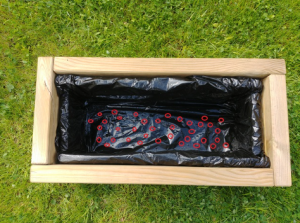
3. Add a Drainage Layer
Pour in a 2–3 cm thick layer of drainage material.
This helps maintain good air and water balance around the lower roots and acts as a filter to prevent soil from washing out and staining your patio or floor.
What can you use as drainage?
-
Pebbles (great if you’ve collected them from the beach),
-
Expanded clay pellets (LECA),
-
Perlite,
-
Or coarse construction sand.
No beach stones? No problem – garden center materials work just as well.
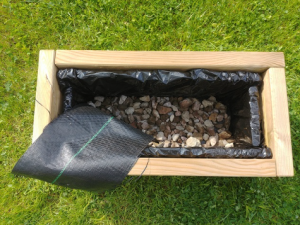
4. Add Garden Soil
Now fill in as much garden soil as you need.
To calculate the required volume:
Multiply the internal dimensions of the planter (in cm) and divide by 1000 — that gives you the volume in liters, which matches how potting soil is sold in stores.
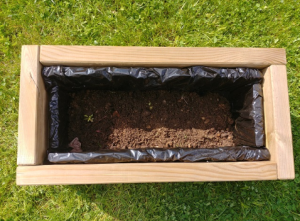
5. Want to Make It Lighter?
If you think your planter will be too heavy to move, you can reduce its weight by filling part of the bottom with styrofoam.
Simply place a 10 cm thick piece at the base instead of filling it with soil.
Just keep in mind: this will reduce the soil volume and may limit plant root growth.
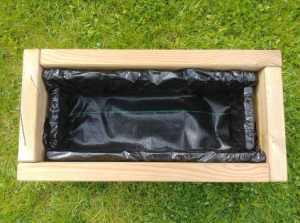
6. Don’t Have All the Materials? Use Just the Liner
No styrofoam, no drainage material, no stones?
That’s fine – even just lining the planter with plastic (as described in step 2) will extend its life by several years and make it easier to care for your plants.

